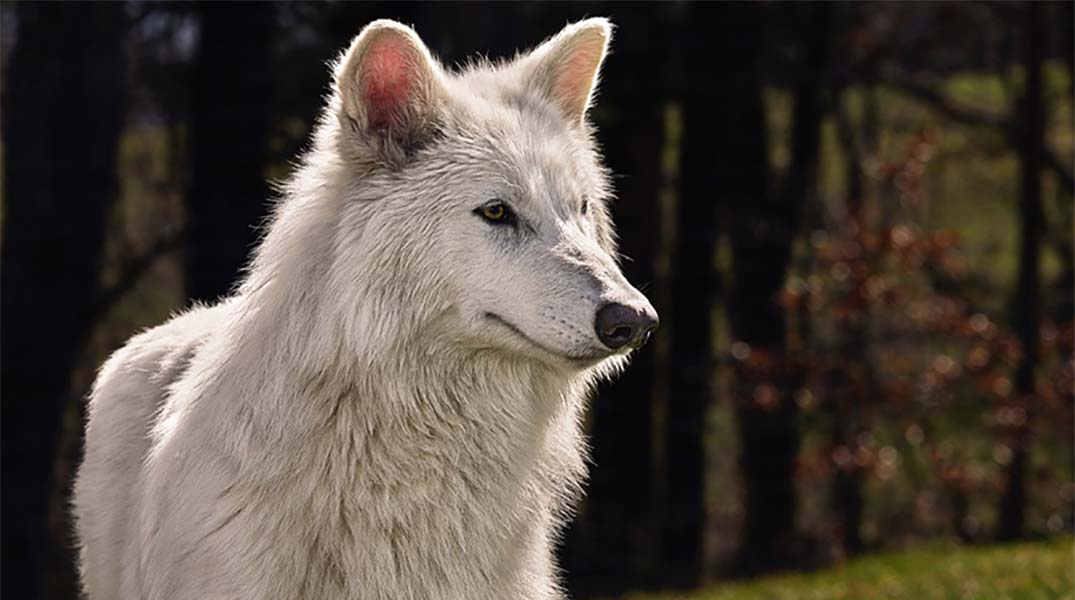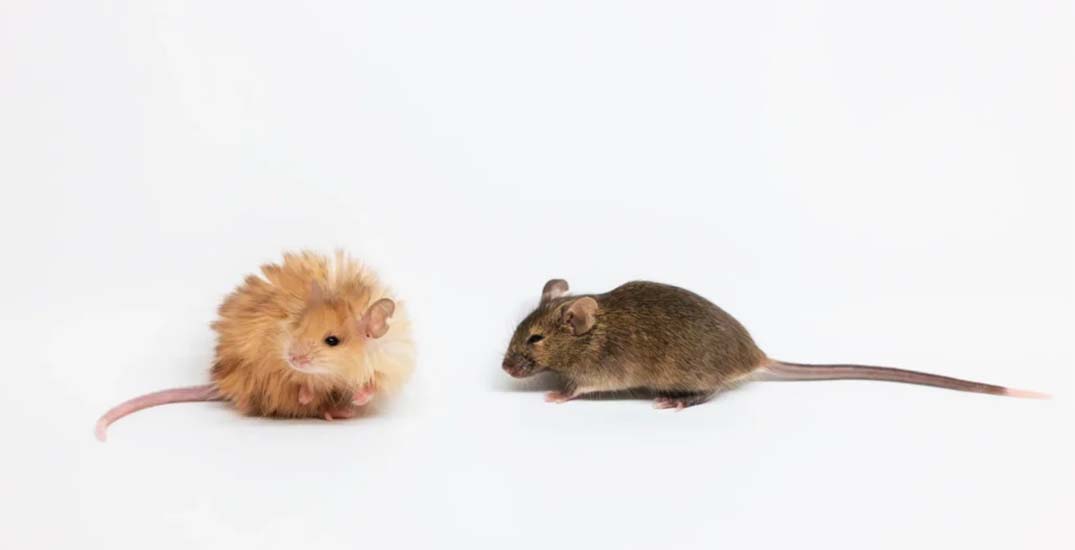On October 1 2024, for the first time in human history, Colossal Biosciences successfully restored a once-eradicated species through the science of de-extinction.

After a more than 10 000 year absence, the company returned the dire wolf to earth.
From a longstanding population of zero, there are not three living dire wolves: six month old Romulus and Remus and their sister, two month old Khaleesi.
Dire wolves, though visually similar to today’s gray wolves and jackals, had a distinct genetic lineage.
Unlike with the gray wolf and jackal, which can produce hybrid offspring with related species, there is no current data showing interbreeding between dire wolves and other canids.
Although the species became extinct 10 000 years ago, there are dire wolf remains acattered across the Americas.
Colossal Biosciences used the DNA from these remains to decipher the dire wolf genome, the rewrite grey wolf DNA to match it. With domestic dogs acting as surrogate mothers, the three living dire wolves were born.
Colossal plans to “de-extinct” a number of species that have long been lost.
One of its more ambitious projects is to bring back the woolly mammoth. A key milestone on this journey has been the development of woolly mice that include part of the woolly mammoth genome.
These genes give the mice wavy, woolly mammoth hair and the fat metabolism that allowed woolly mammoths to survive the last ice age.

